|
Research
Human progress in the last few centuries has been fueled by high leverage tools that allow us to do more with less. Currently, I'm interested in building systems that enable higher productivity, greater resource efficiency, and tighter iteration cycles.
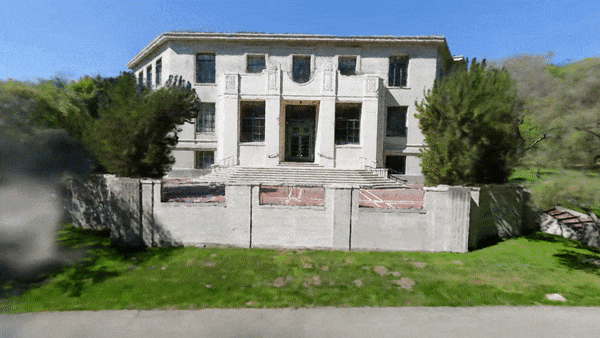
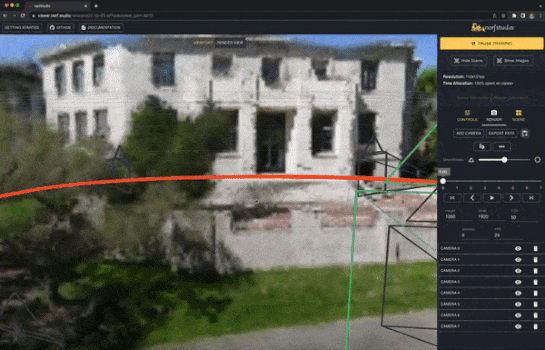
|
Nerfstudio: A Framework for Neural Radiance Field Development
Matthew Tancik*, Ethan Weber*, Evonne Ng*, Ruilong Li, Brent Yi, Justin Kerr, Terrance Wang, Alexander Kristoffersen, Jake Austin, Kamyar Salahi, Abhik Ahuja, David McAllister, Angjoo Kanazawa
SIGGRAPH, 2023
Paper /
Code
Nerfstudio is a modular library enabling end-to-end creation, training, and testing of neural radiance fields.
|
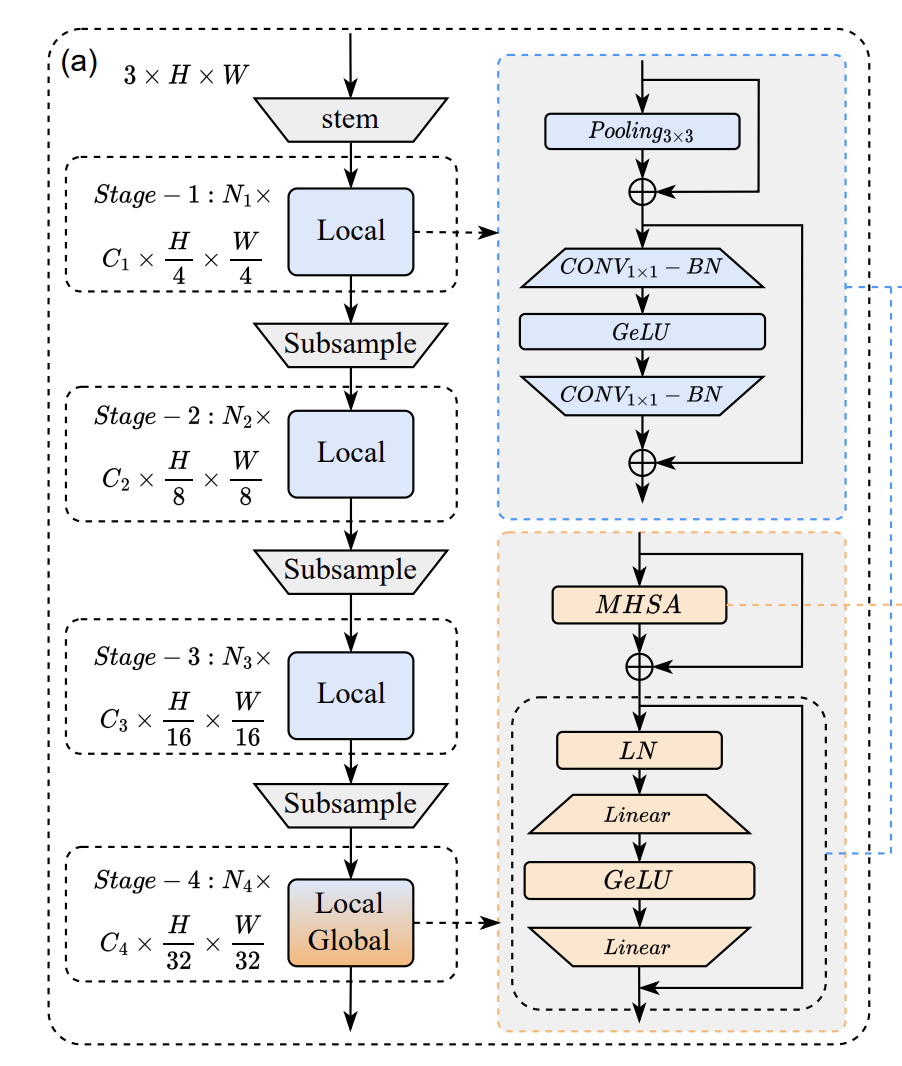
|
Rethinking Vision Transformers for MobileNet Size and Speed
Yanyu Li, Ju Hu, Yang Wen, Georgios Evangelidis, Kamyar Salahi, Yanzhi Wang, Sergey Tulyakov, Jian Ren
ICCV, 2023
Paper /
Code
We build a light-weight vision transformer model for mobile architectures with MobileNet-level latency and size.
|

|
Minimax Active Learning
Sayna Ebrahimi, William Gan, Dian Chen, Giscard Biamby, Kamyar Salahi, Michael Laielli, Shizhan Zhu,
Trevor Darrell
arXiv Preprint
Paper
We apply a self-supervised minimax entropy approach to data point sampling and model training in active learning.
|
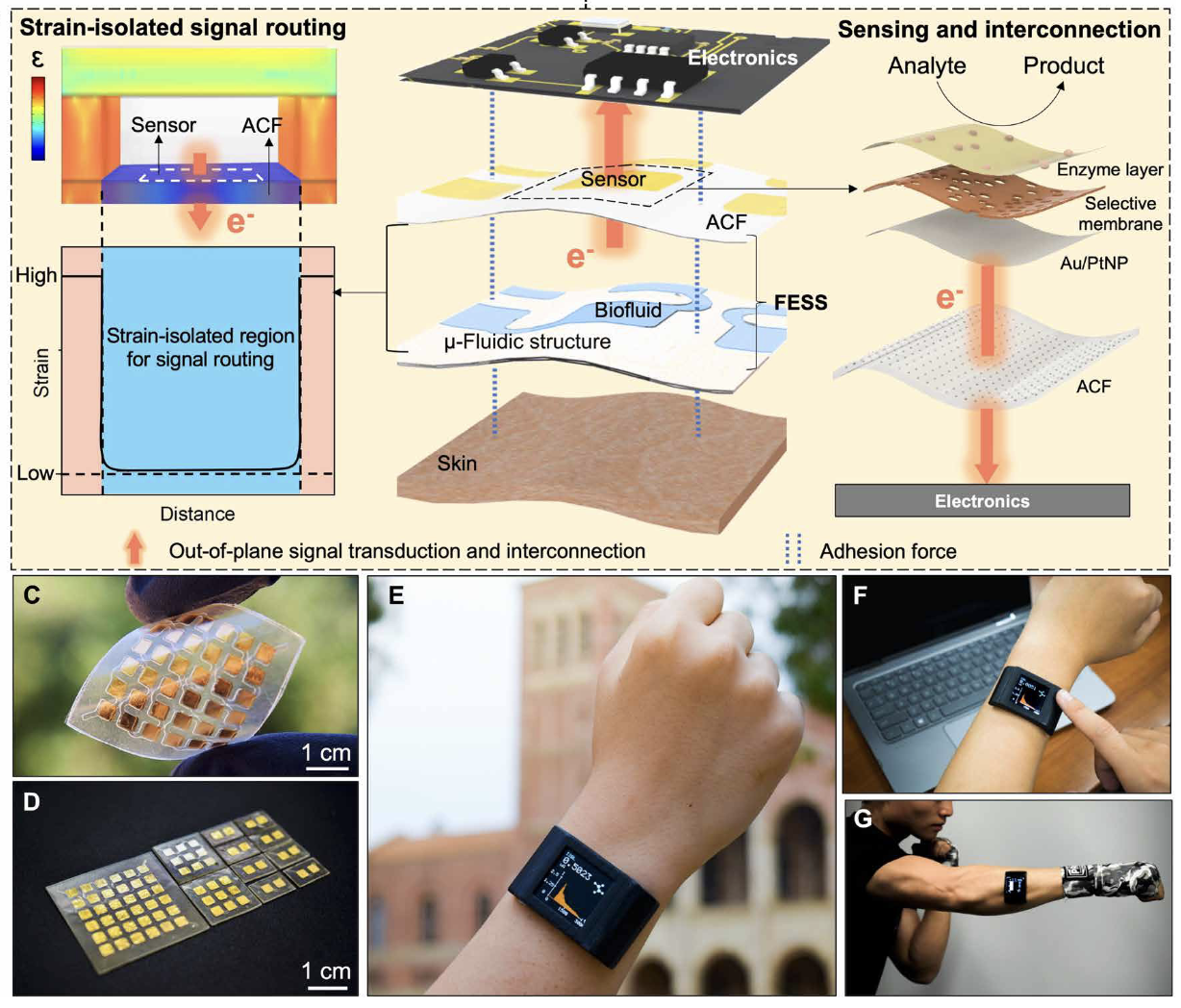
|
A wearable freestanding electrochemical sensing system
Yichao Zhao, Bo Wang, Hannaneh Hojaiji, Zhaoqing Wang, Shuyu Lin, Christopher Yeung, Haisong Lin, Peterson Nguyen, Kaili Chiu, Kamyar Salahi, Xuanbing Cheng, Jiawei Tan, Betto Alcitlali Cerrillos, Sam Emaminejad
Science Advances, 2020
Paper
We introduce a strain-isolated biomarker sensing platform through a generalizable and disposable freestanding electrochemical sensing system.
|
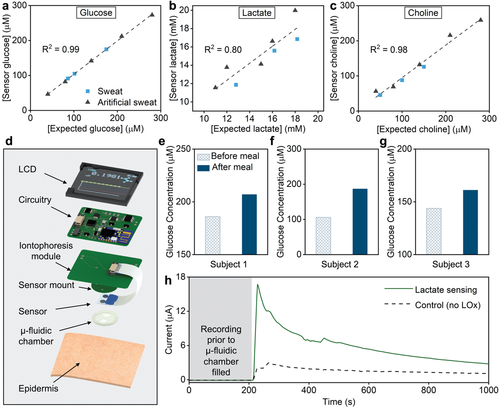
|
A mediator-free electroenzymatic sensing methodology to mitigate ionic and electroactive interferents' effects for
reliable wearable metabolite and nutrient monitoring
Xuanbing Cheng, Bo Wang, Yichao Zhao, Hannaneh Hojaiji, Shuyu Lin, Ryan Shih, Haisong Lin,
Stephanie Tamayosa, Brittany Ham, Phoenix Stout, Kamyar Salahi, Zhaoqing Wang, Chuanzhen Zhao,
Jiawei Tan, Sam Emaminejad
Advanced Functional Materials, 2020
Paper
We devise a mediator-free sensing interface using platinum nanoparticles with a multiwall carbon nanotube layer to overcome challenges with conventional Prussian Blue enzymatic sensors.
|

|
Wearable Chemical Sensors
Bo Wang, Andrew Wilhelm, Aaron Wilhelm, Sanaz Pilehvar, Sina Moshfeghi, Phoenix Stout, Kamyar Salahi,
Sam Emaminejad
Wearable Bioelectronics, 2020
Paper
We provide a comprehensive review of the state-of-the-art wearable chemical sensors, including their design, fabrication, and applications.
|
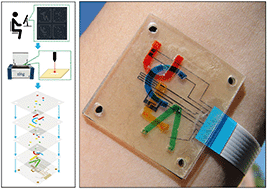
|
A Rapid and Low-cost Fabrication and Integration Scheme to Render 3D Microfluidic Architectures for Wearable
Biofluid Sampling, Manipulation, and Sensing
Haisong Lin, Yichao Zhao, Shuyu Lin, Bo Wang, Christopher Yeung, Xuanbing Cheng, Zhaoqing Wang,
Tianyou Cai, Wenzhuo Yu, Kimber King, Jiawei Tan, Kamyar Salahi, Hannaneh Hojaiji, Sam Emaminejad
Lab on a Chip, 2019
Paper
We develop a CAD-to-microfluidic fabrication workflow to rapidly fabricate and integrate complex 3D microfluidic architectures for wearable biofluid sampling, manipulation, and sensing.
|
|










